The elimination reactions mainly involve three mechanism E1,E2 and E1cB. If the leaving group departs before β-proton (Ht=Θ ion) then it is E1 mechanism. If proton is taken off first before leaving group it is E1cB mechanism.The pure E2 involves both β-Hydrogen and leaving group departing simutaneously. If acidity of β-Hydrogen increases and leaving group ability decreases then E1cB mechanism increases.
Which of the following substrate will undergo fastest reaction through E1cB route
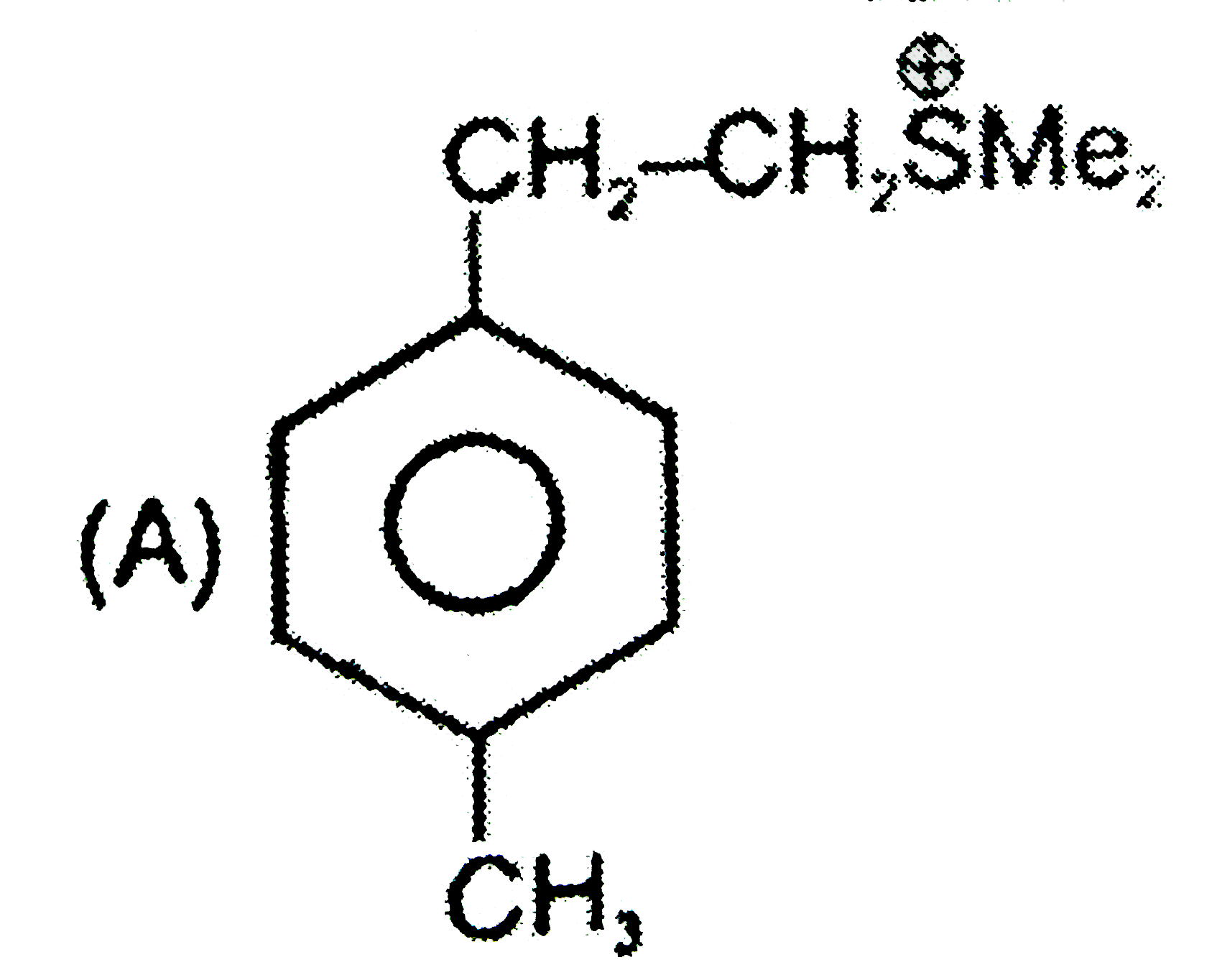
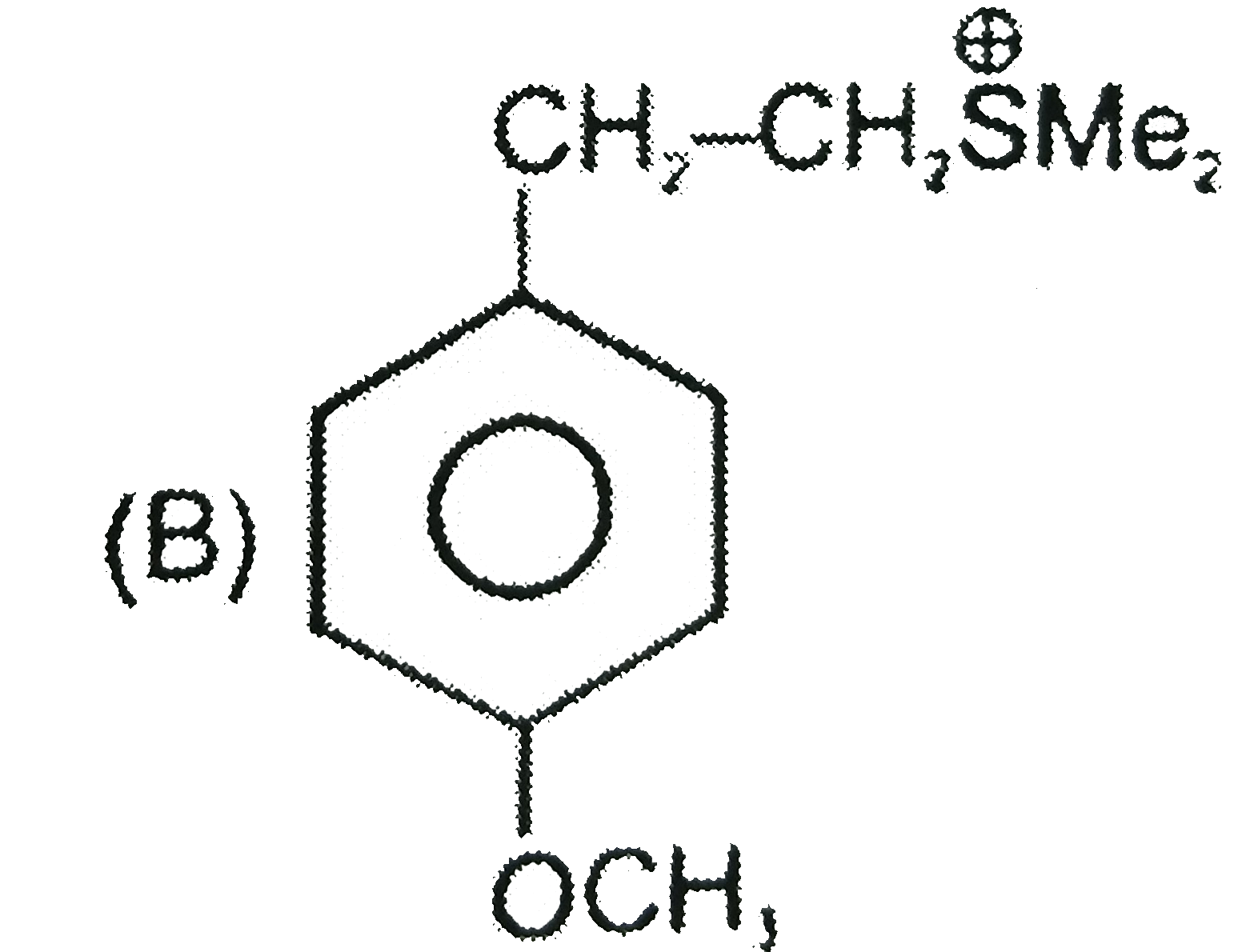
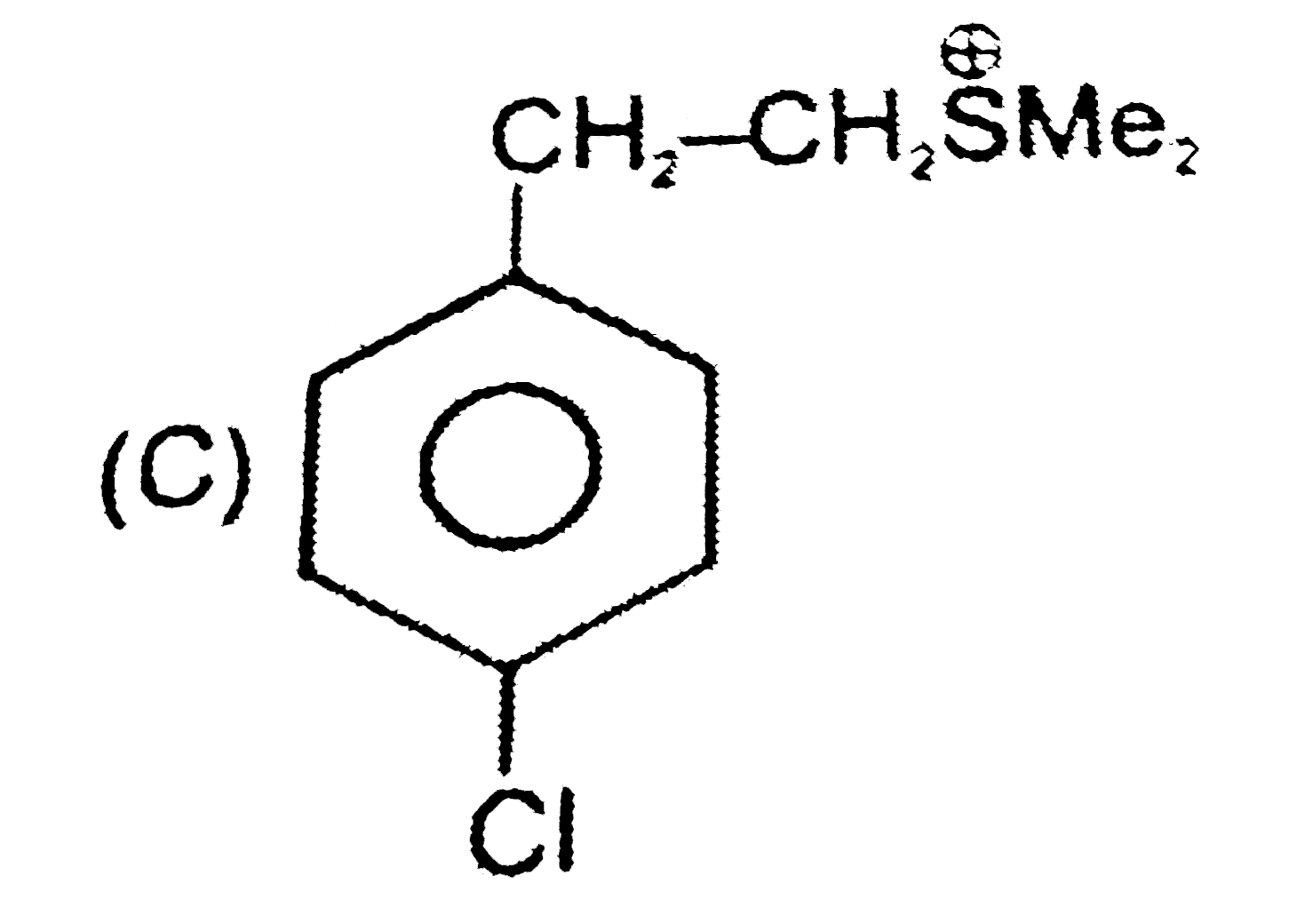
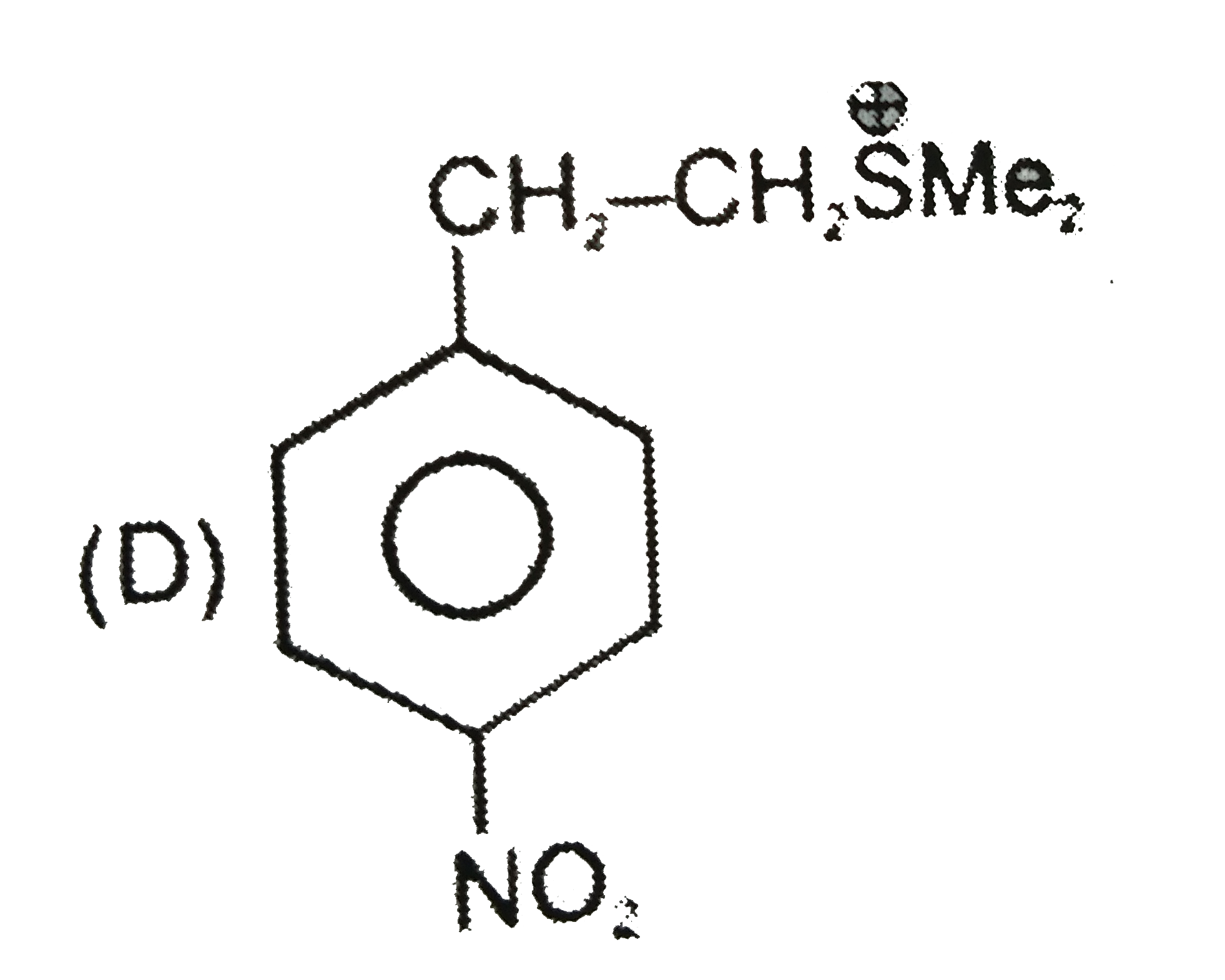
The correct Answer is:D
To determine which substrate will undergo the fastest reaction through the E1cB mechanism, we need to analyze the factors that influence this mechanism. The E1cB mechanism involves the removal of a beta-proton before the leaving group departs, leading to the formation of a carbanion. The stability of this carbanion is crucial, and it can be enhanced by the presence of electron-withdrawing groups (EWGs) that increase the acidity of the beta-hydrogen.
1. Identify the Substrates: We need to analyze the given substrates to determine which one has a beta-hydrogen that can be easily removed (higher acidity) and a leaving group that is not very good.
2. Assess the Acidity of Beta-Hydrogens:
- The presence of electron-withdrawing groups (like -NO2) increases the acidity of beta-hydrogens. This is because they stabilize the negative charge on the carbanion formed after deprotonation.
- Conversely, electron-donating groups (like -OCH3) decrease the acidity of beta-hydrogens.
3. Evaluate the Leaving Group Ability:
- A good leaving group is typically a weak base. If the leaving group is poor, it favors the E1cB mechanism.
- Common leaving groups in organic reactions include halides (like Cl, Br, I) and sulfonates (like -OTs, -OMs).
4. Consider the Presence of Electron-Withdrawing Groups:
- If a substrate has a strong electron-withdrawing group (like -NO2), it will stabilize the carbanion formed after the beta-hydrogen is removed, thus favoring the E1cB mechanism.
5. Compare the Substrates:
- Among the substrates, identify which has the strongest electron-withdrawing group and the weakest leaving group.
- For example, if one substrate has a -NO2 group and another has a -OCH3 group, the one with -NO2 will have a higher acidity for the beta-hydrogen.
6. Conclusion:
- The substrate with the highest acidity of the beta-hydrogen (due to the presence of a strong electron-withdrawing group) and a poor leaving group will undergo the fastest reaction through the E1cB mechanism.
Final Answer:
The substrate with the nitro group (-NO2) will undergo the fastest reaction through the E1cB route due to the increased acidity of the beta-hydrogen and the stabilization of the carbanion formed.
- The presence of electron-withdrawing groups (like -NO2) increases the acidity of beta-hydrogens. This is because they stabilize the negative charge on the carbanion formed after deprotonation.
- Conversely, electron-donating groups (like -OCH3) decrease the acidity of beta-hydrogens.
- A good leaving group is typically a weak base. If the leaving group is poor, it favors the E1cB mechanism.
- Common leaving groups in organic reactions include halides (like Cl, Br, I) and sulfonates (like -OTs, -OMs).
- If a substrate has a strong electron-withdrawing group (like -NO2), it will stabilize the carbanion formed after the beta-hydrogen is removed, thus favoring the E1cB mechanism.
- Among the substrates, identify which has the strongest electron-withdrawing group and the weakest leaving group.
- For example, if one substrate has a -NO2 group and another has a -OCH3 group, the one with -NO2 will have a higher acidity for the beta-hydrogen.
- The substrate with the highest acidity of the beta-hydrogen (due to the presence of a strong electron-withdrawing group) and a poor leaving group will undergo the fastest reaction through the E1cB mechanism.
The substrate with the nitro group (-NO2) will undergo the fastest reaction through the E1cB route due to the increased acidity of the beta-hydrogen and the stabilization of the carbanion formed.
Topper's Solved these Questions
- BOOK - RESONANCE ENGLISHCHAPTER - ORGANIC REACTION MECHANISMS-IVEXERCISE - APSP PART-217videos
ORGANIC REACTION MECHANISMS-IV
- BOOK - RESONANCE ENGLISHCHAPTER - ORGANIC REACTION MECHANISMS - IIEXERCISE - APSP Part - 322videos
ORGANIC REACTION MECHANISMS - II
- BOOK - RESONANCE ENGLISHCHAPTER - PERIODIC TABLE & PERIODICITYEXERCISE - ORGANIC CHEMISTRY(BASIC CONCEPTS)27videos
PERIODIC TABLE & PERIODICITY
Similar Questions
The elimination reactions mainly involve three mechanism E1,E2 and E1cB. If the leaving group departs before β-proton (HΘ ion) then it is E1 mechanism. If proton is taken off first before leaving group it is E1cB mechanism.The pure E2 involves both β-Hydrogen and leaving group departing simutaneously. If acidity of β-Hydrogen increases and leaving group ability decreases then E1cB mechanism increases.

Product P isView SolutionThe elimination reactions mainly involve three mechanism E1,E2 and E1cB. If the leaving group departs before β-proton (HΘ ion) then it is E1 mechanism. If proton is taken off first before leaving group it is E1cB mechanism.The pure E2 involves both β-Hydrogen and leaving group departing simutaneously. If acidity of β-Hydrogen increases and leaving group ability decreases then E1cB mechanism increases.

The alkene formed as a major product in the above elimination reaction isView Solution
Knowledge Check
- Question 1 - Select One
Which is the best leaving group ?
A−⊕N≡NBOH−CNH−2DCH3COO− - Question 2 - Select One or More
Which of the following can give E1 cb reaction in basic medium?
ACH3−OH∣∣CH−C≡NBCl−H∣C∣Cl−CF3C DHCF2−CCl3
DHCF2−CCl3 - Question 3 - Select One or More
Which of the following can give E1 cb reaction?
A B
B C
C D
D
The order of leaving group ability is :
View SolutionWhich of the following compounds can give E1cB reaction ?
View SolutionWhat do you understand by elimination reactions ? Discuss the mechanism of E1 and E2 reactions.
View SolutionWhat are the essential conditions for any reaction to show E1cB mechanism ?
View SolutionArrange the given species in the increasing order of Leaving group ability
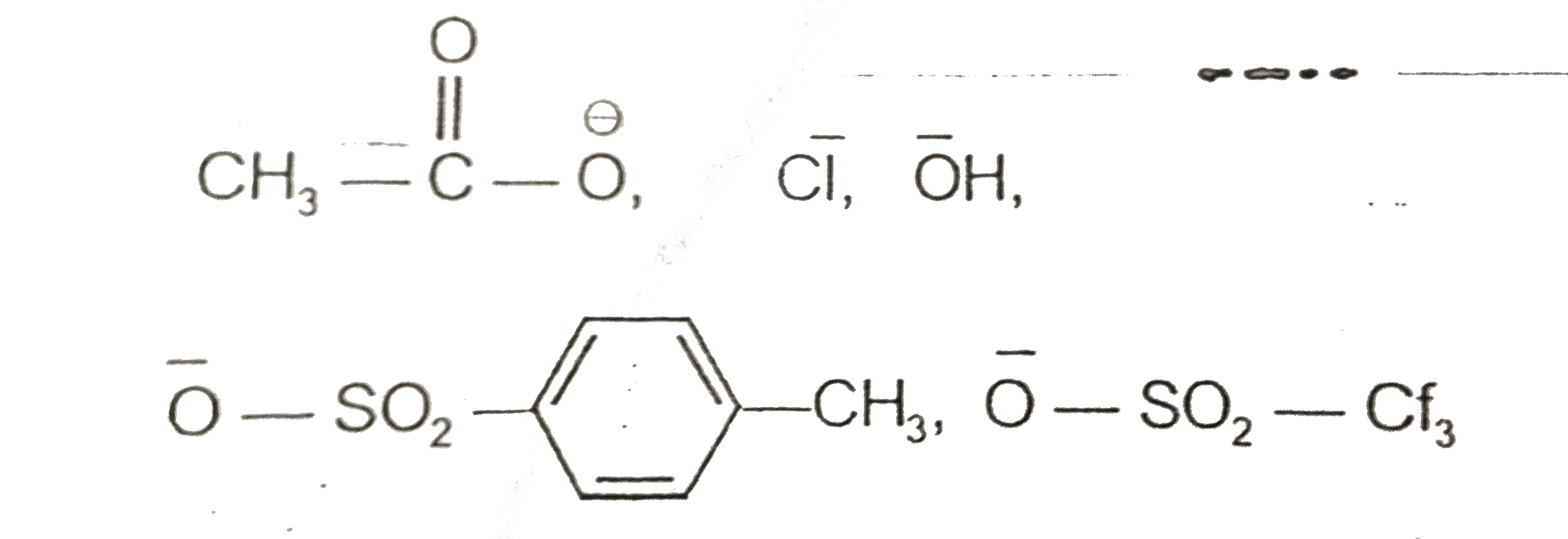 View Solution
View Solution

